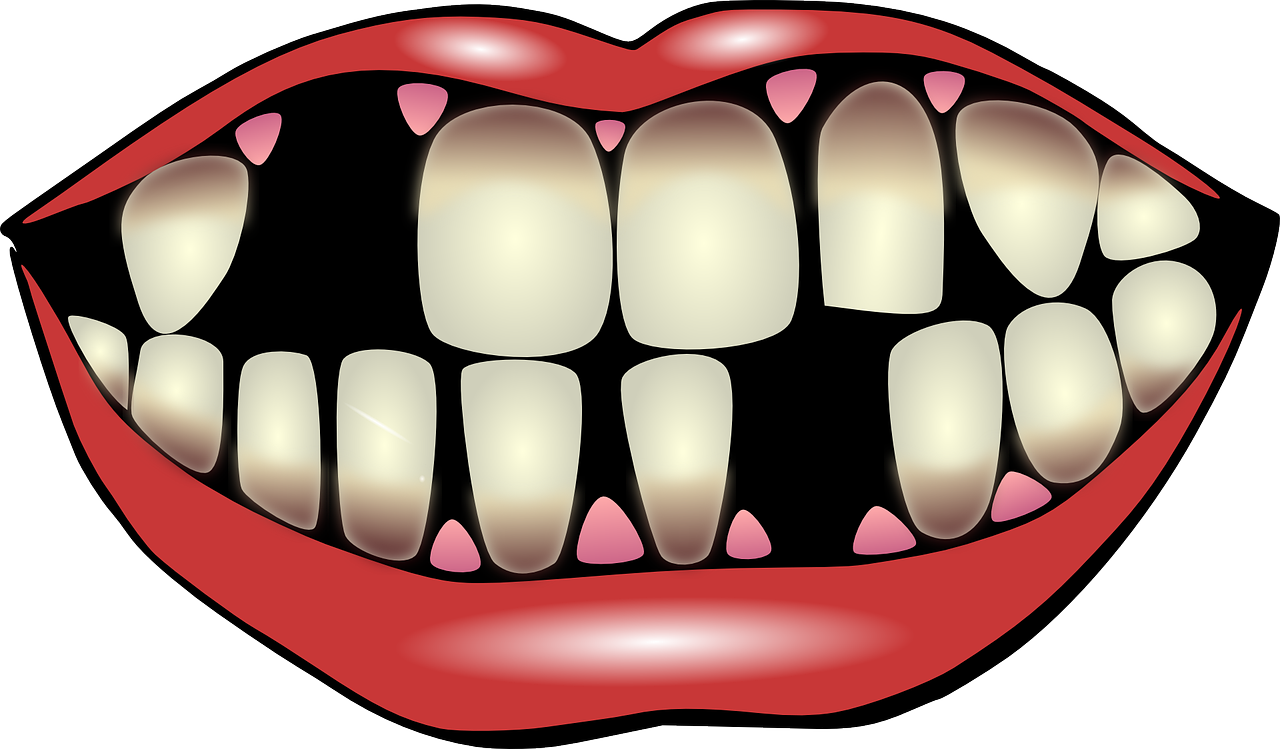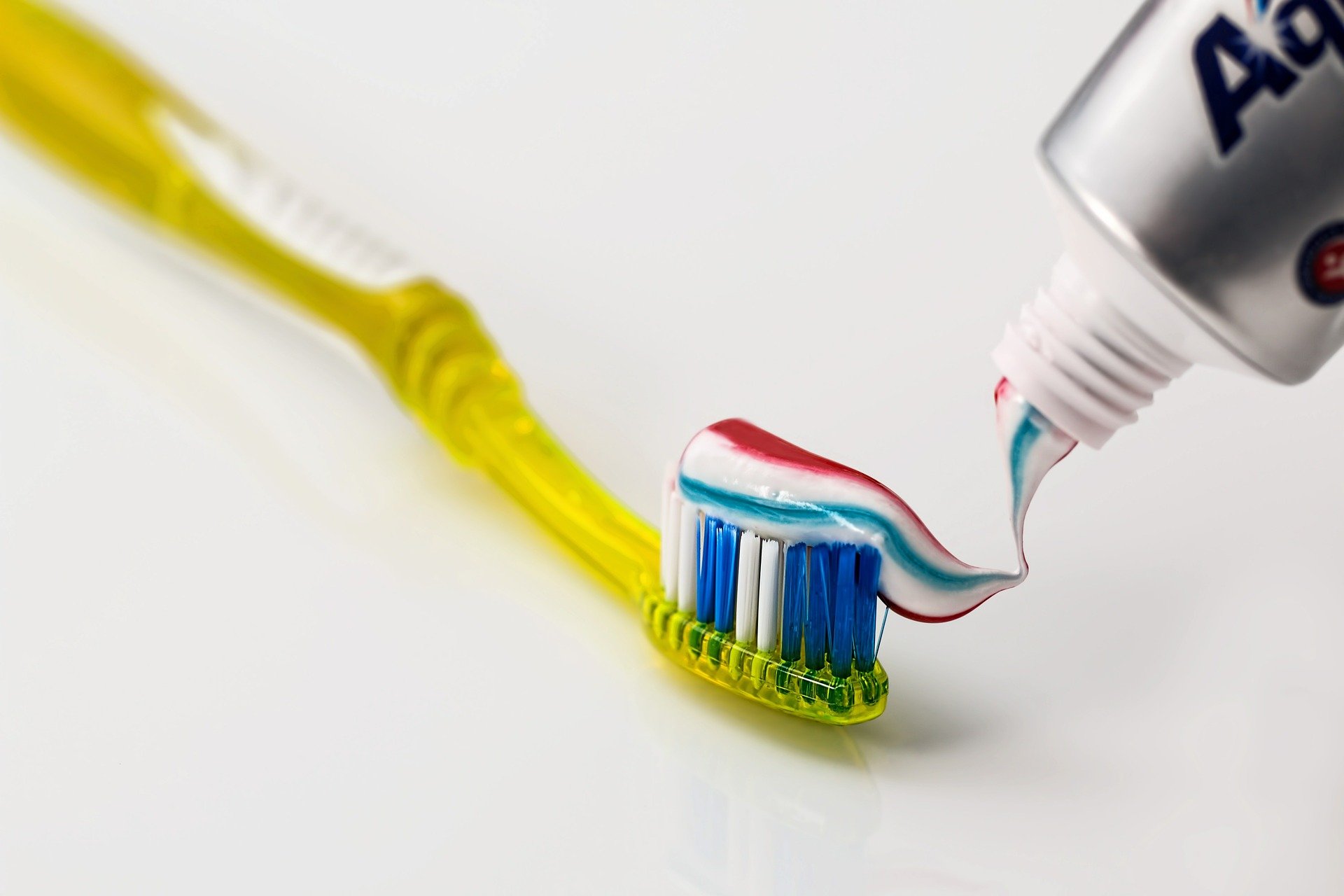In non-invasive aesthetic treatments, cavitation machines have developed in popularity as a cutting-edge strategy of body sculpting and fat reduction. The normality with which these cavitation machines are basic to their efficacy.
Varieties in frequency can influence the body in several ways, which can affect treatment outcomes and security. To utilize these frequencies wisely, practitioners and clients must both have an exhaustive understanding of them.
What is Cavitation?
Cavitation is the process of creating microscopic bubbles in a fluid using ultrasonic waves. When applied to body contouring equipment, these ultrasonic waves cause bubbles in the fat cells under the skin.
When these bubbles burst, the fat cells are broken down into a liquid condition, allowing the body to get rid of them actually through metabolic processes. This non-invasive approach has ended up the favored alternative since it has less downtime and is less risky than surgical methods like liposuction.
Frequency’s Function in Cavitation
The frequency of a cavitation machine decides the depth and control of ultrasonic waves. Different frequencies can penetrate diverse layers of skin and fat tissue. Recurrence is measured in kilohertz (kHz).
Cavitation at Low Frequencies (25–40 kHz)
The working frequencies of low-frequency cavitation devices run from 25 to 40 kHz. These lower frequencies make more giant bubbles that can pierce more deeply into the fat layers. Low-frequency cavitation is beneficial in treating zones with more significant fat accumulation, like the thighs, buttocks, and guts.
Benefits:
- Deep Penetration: Ultrasonic waves can effectively reduce fat by penetrating deeper fat layers due to their lower frequency.
- Efficiency: One can observe results after fewer sessions since more giant bubbles can break down fat cells more effectively.
Drawbacks:
- Possible discomfort: During the procedure, the more giant bubbles and deeper penetration may occasionally cause minor discomfort.
- Skin Sensitivity: Trained experts should apply cautiously since there is a slight chance of harming nearby tissues.
Cavitation at a mid-frequency (40–60 kHz)
The frequency range for mid-frequency cavitation is 40–60 kHz. This range is appropriate for a range of treatment locations because it provides a balance between penetration depth and bubble size.
Benefits:
- Versatility: The arms and back, which have moderate fat deposits, are among the body sections that can benefit from mid-frequency cavitation.
- Comfort: Clients report less discomfort and sensitivity in this frequency range, making it more comfortable.
Drawbacks:
- Average Outcomes: Even while it works, the effects might not be as noticeable as with low-frequency cavitation, particularly for more outstanding fat deposits.
- Additional Sessions Are Needed: In comparison to lower-frequency treatments, it may take longer sessions to get the desired outcomes.
Cavitation at High Frequencies (60-100 kHz)
The operating frequencies of high-frequency ultrasound cavitation machines range from 60 to 100 kHz. The smaller bubbles created by these frequencies impact the superficial fat layers closest to the skin’s surface.
Benefits:
- Precision: High-frequency cavitation is the best option for treating smaller, more focused areas of fat, such as the face, neck, and underarms.
- Comfort and Safety: The superficial penetration and smaller bubbles make for a more comfortable treatment with less chance of soreness or more profound tissue injury.
Drawbacks:
- Limited Depth: Larger or deeper fat deposits are more challenging to treat with a higher frequency since they do not penetrate as deeply.
- Gradual effects: Because it targets surface fat layers, it may take longer and several sessions to achieve apparent effects.
Selecting the Proper Frequency
The area being treated, the amount of fat to be removed, and the client’s comfort level all affect how often a cavitation treatment should be performed. Practitioners should thoroughly evaluate the client’s demands and medical history to find the best frequency.
Low-frequency cavitation might be the most excellent choice for individuals who want to lose fat in more significant portions of their bodies, including their thighs or abdomen. Conversely, high-frequency cavitation might be better suited for people who wish to refine and contour smaller areas, such as the arms or face.
Final Thoughts
To maximize treatment results and guarantee customer safety, it is essential to comprehend the various frequencies used in cavitation machines. The benefits and limitations of low-, mid-, and high-frequency cavitation vary; thus, it’s critical to customize the strategy based on each patient’s demands and treatment objectives.
Practitioners can successfully utilize the power of cavitation technology to assist clients in achieving their desired body contouring and fat loss outcomes by using the right frequency. It will remain essential to provide outstanding care and satisfaction to keep knowledgeable about the subtleties of cavitation frequencies as the field of non-invasive aesthetics continues to develop.



